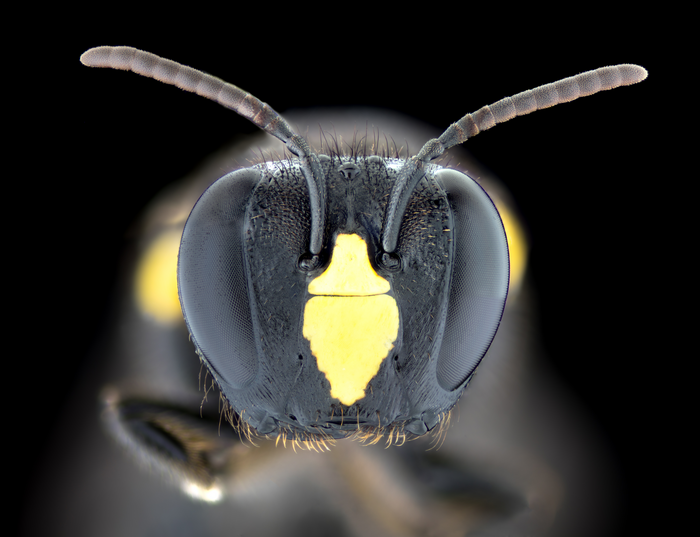
Bee altruism may be key to understanding social evolution
Researchers at Flinders University were curious about the development of altruistic behavior in bee colonies. While it is well known how altruistic behavior in bee colonies is maintained, the evolution of this behavior has been a mystery until now.
To explore this question, the researchers studied Amphylaeus morosus, a bee species that inhabits montane forests in their native Australia. What’s unique about this species is that they are the only ones in their family that recently transitioned from individual reproduction to “selfless” social colonies. This quality made them perfect for studying the beginning of altruistic evolution.
The experts found that these bees do not exhibit the typical morphological distinctions between queen and worker bees seen in more advanced social species such as honeybees.
Using data from DNA, the researchers determined that a typical A. morosus nest is small and usually contains two females. One egg-laying female and another closely related female who guards the nest but does not reproduce. These findings came as a surprise.
“This kind of extreme reproductive skew and high relatedness is very unexpected and challenges our theories about how social complexity evolves,” explained study senior author Professor Michael Schwarz.
According to the experts, the findings indicate that the evolution into a “selfless” community can happen more quickly than previously thought. “It seems that some species can quickly skip multiple rungs of the evolutionary ‘social ladder,” said Professor Schwarz.
The researchers say this study sheds light on the evolution of worker bee sterilization. “This provides some of the first evidence that kin selection can promote worker sterility at the initial transition from solitary to social living,” said Professor Schwarz.
According to study lead author Dr. Lucas Hern, the knowledge gained from this study goes well beyond bees. It could possibly inform the evolution of all life on Earth.
“The existence of life as we know it can be broadly separated into the major transitions that define changes in complexity,” said Dr. Hern. “This includes the evolution of multicellular life from single-celled organisms or, the origin of sophisticated communication in the form of human language. The ramifications of this understanding are very far-reaching.”
The study is published in the journal Proceedings of the Royal Society B Biological Sciences.
Image Credit: James Dorey Photography
—
By Erin Moody , Earth.com Staff Writer













